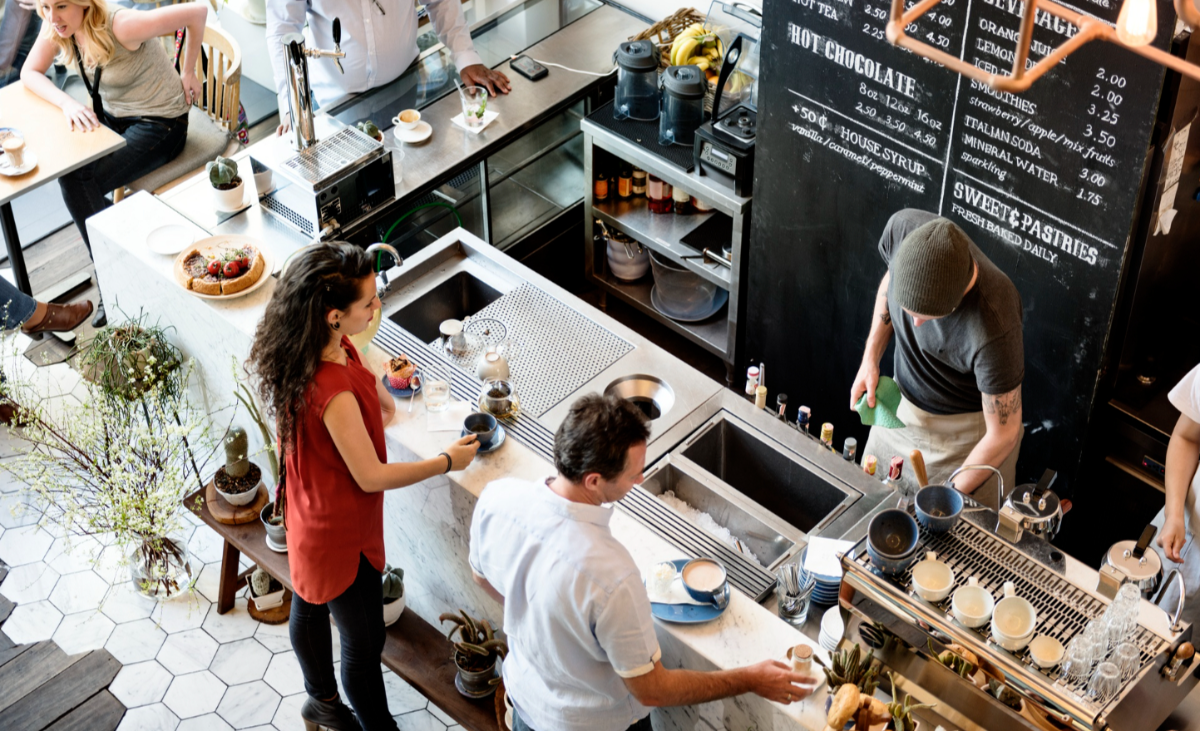

Foreign Cultures and Consumption Styles in the Homeland
23 October 2025
Indonesia is a country that is always busy celebrating diversity. In the era of social media, the boundaries between cultures have become increasingly thin. Many young people are accustomed to watching Korean dramas, drinking American-style coffee, or wearing Japanese-inspired outfits. This phenomenon raises an interesting question: do foreign cultures influence our consumer behavior? This bulletin article reviews some of the most notable influences of foreign cultures and explores how Indonesian society responds to them.
The Traces of Korea, Japan, and the West in Consumption
The phenomenon of Hallyu, or the Korean Wave, has reached Indonesia since the mid-2000s. K-pop music, TV dramas, and Korean cuisine have become incredibly popular. For example, the launch of the BTS Meal by McDonald’s in 2021 led to long lines at McDonald’s outlets. The enthusiasm of BTS fans buying the meal even caused crowds, prompting the suspension of delivery services (egsa.geo.ugm.ac.id). There is a unique phenomenon behind this trend: some fans collect and even resell the BTS Meal packaging, showing how fandom creates new value for an ordinary product. This consumer activity also triggered positive social behavior; the ARMY fanbase raised over IDR 252 million for online motorcycle taxi drivers (egsa.geo.ugm.ac.id).
Japanese culture has also influenced consumer interest, especially in the food and lifestyle sectors. Dishes like sushi and ramen are now commonly found in major cities. Ramen in Indonesia is often adapted with chicken or beef broth to suit local tastes, while sushi is presented as a culinary art with bright colors and fresh flavors (padek.jawapos.com). The popularity of these dishes is closely linked to media coverage and TV shows that popularize Japanese chefs, making them part of the modern dining experience (padek.jawapos.com). In terms of lifestyle, cosplay, the hobby of wearing anime or manga character costumes, has also grown since the early 2000s. Cosplayers spend time and money designing, sewing, or purchasing costumes, demonstrating creativity and dedication. However, this activity is sometimes viewed as a hedonistic lifestyle due to expensive costumes and revealing clothing, so parents need to guide their children to maintain norms (swarakaltim.com).
From the West, the most visible influence can be seen in the fast food sector and coffee culture. Chains like KFC had 738 outlets in Indonesia in 2020, up from 493 five years earlier; McDonald’s had 227 restaurants in the same year (aseanbriefing.com). Their success is supported by a menu localization strategy; for example, McDonald’s offers chicken porridge or teriyaki rice, while KFC launched a special Ramadan Dug-Dug package and ensured that all products were halal certified (aseanbriefing.com). In the coffee sector, Indonesia has around 603 Starbucks outlets by 2024, placing it among the top ten countries with the most Starbucks in the world. The presence of Western-style cafes has driven the “ngopi” (coffee drinking) trend as a social activity in large cities. At the same time, local coffee outlets have emerged to rival the dominance of foreign brands.
Western culture has also influenced fashion. According to an article in the Baswara Journal, globalization, social media, and studying abroad have accelerated the arrival of Western fashion trends in Indonesia; young designers are drawing inspiration from abroad, while consumers are adopting a more modern style (jurnalbaswara.com). Changing social values encourage people to explore their identity through clothing. However, the article also emphasizes the importance of supporting local designers, choosing environmentally friendly products, and appreciating traditional fashion (jurnalbaswara.com).
Industries Most Affected and Supporting Data
- F&B and Fast Food Services: Many international brands have succeeded by adjusting their menus and obtaining halal certification (aseanbriefing.com). The trend of Korean and Japanese food, brought through dramas and anime, has also led to the emergence of specialized restaurants.
- Coffee Drinks and Cafe Lifestyle: With more than 600 Starbucks outlets (worldpopulationreview.com) and the rise of local coffee shops, this indicates a shift in consumption behavior: coffee is now a symbol of urban lifestyle.
- Fashion and Lifestyle: Western fashion trends have influenced young people’s clothing styles through social media (jurnalbaswara.com). The Japanese cosplay community shows how fandom drives consumption of costumes and makeup (swarakaltim.com).
- Media and Entertainment: The consumption of Korean dramas and Japanese anime has spurred the purchase of merchandise, subscriptions to streaming services, and tourism.
Insights and Reflections
Openness to foreign cultures does not always mean abandoning one’s own cultural roots. For example, the adaptation of fast food menus to be halal and ramen with chicken broth shows synergy between local and global values. On the other hand, phenomena like the BTS Meal and cosplay show that Indonesian consumers are willing to spend money for unique experiences and community identity. The presence of over 600 Starbucks outlets shows that the coffee lifestyle has become part of the middle-class identity, competing with local coffee shops that offer more traditional concepts.
This can be viewed as both an opportunity and a challenge. Globalization enriches choices and drives innovation, but it also tests the sustainability of local cultures. Being a smart consumer means utilizing various cultures without losing one’s identity: trying ramen while appreciating soto, enjoying a latte while supporting local coffee farmers, or adopting new fashion styles while celebrating batik. In the end, the blend of global and local cultures can enrich the consumption palette and strengthen national pride as Indonesians.
Mungkin anda akan menyukai ini



